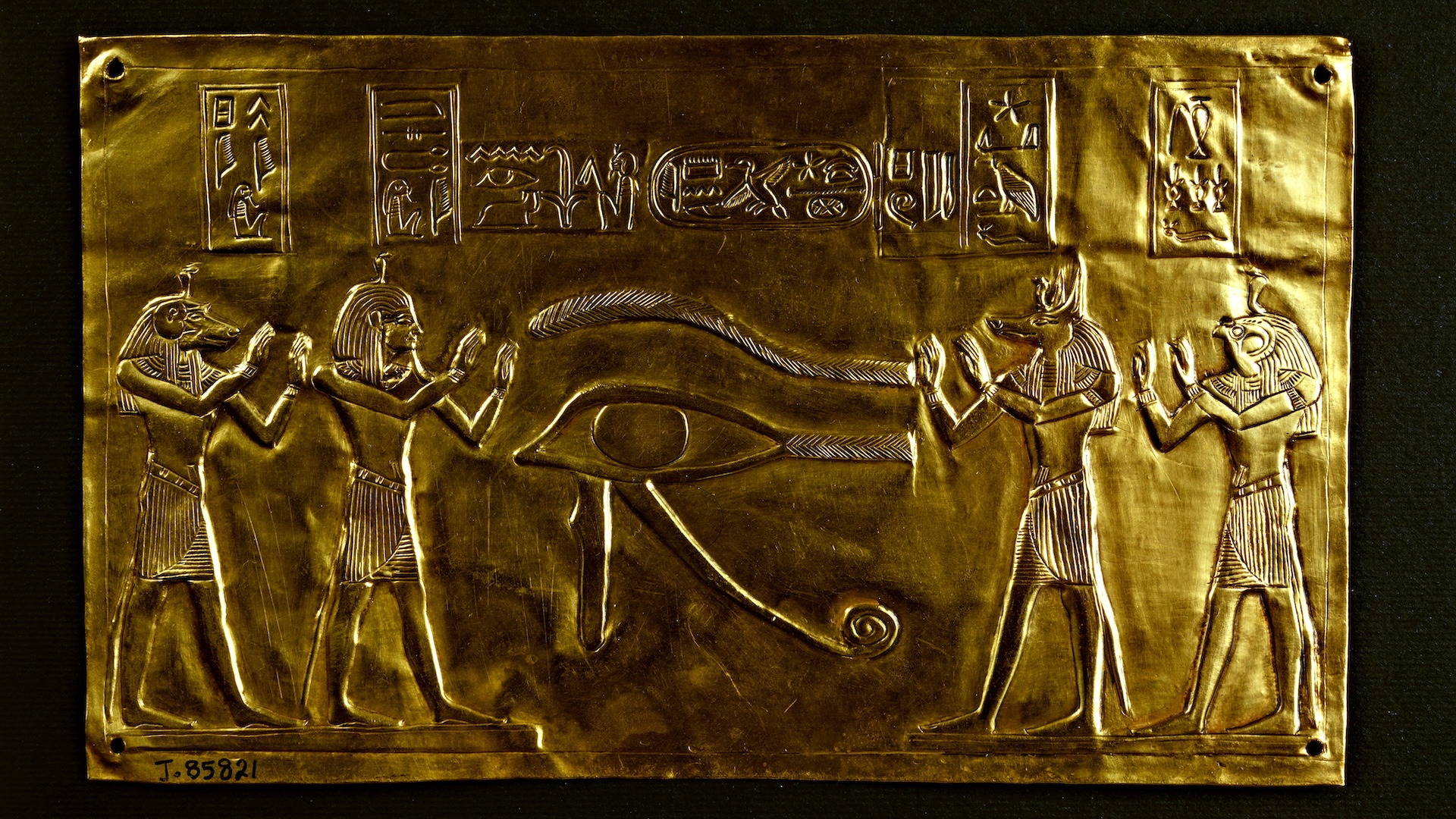NASA solves 44-year-old mystery of why Jupiter's Io is so volcanically active
Io is the most volcanically active world in our solar system. Now, NASA scientists have revealed how and why.

NASA scientists have revealed the secrets of the most volcanic body in our solar system, according to new research. The discovery solves a 44-year-old mystery of why, and how, Jupiter's violent moon, Io, became so volcanically active.
Io is only slightly larger than our moon, with a diameter of 2,237 miles (3,600 kilometers), and has an estimated 400 volcanoes, according to NASA. Plumes from these volcanoes' eruptions can stretch for miles out into space, and can even be seen from Earth when viewed through large telescopes.
This dramatic volcanism was first identified in 1979 by scientist Linda Morabito, then at NASA's Jet Propulsion-Laboratory, in an image taken by NASA's Voyager 1 spacecraft.
"Since Morabito's discovery, planetary scientists have wondered how the volcanoes were fed from the lava underneath the surface," Scott Bolton, principal investigator for NASA's Juno spacecraft from the Southwest Research Institute in San Antonio, said in a statement. "Was there a shallow ocean of white-hot magma fueling the volcanoes, or was their source more localized?"
The Juno spacecraft, which was launched in 2011 to study Jupiter and the moons that orbit it, made two very close flybys of Io in 2023 and 2024, approaching within 930 miles (1,500 km) of its bubbling surface. "We knew data from Juno's two very close flybys could give us some insights on how this tortured moon actually worked," Bolton said.
During these approaches, the spacecraft collected data that allowed scientists to measure Io's gravity.
Sign up for the Live Science daily newsletter now
Get the world’s most fascinating discoveries delivered straight to your inbox.
Io orbits close to Jupiter at an average distance of 262,000 miles (422,000 km), completing its elliptical cycle once every 42.5 hours. Due to the shape of its orbit, the moon's distance from its parent planet varies, and so too does Jupiter's gravitational pull. This means the moon is continuously being squeezed and released like a stress ball in a process known as tidal flexing.
"This constant flexing creates immense energy [in the form of heat,] which literally melts portions of Io's interior," Bolton said.
In the past, it was thought that, because of this flexing, Io's interior might be home to a large magma ocean, stretching beneath its entire surface like a layer of tiramisu. However, research led by Bolton, published Dec. 12 in the journal Nature, suggests that this is not the case.
"If Io has a global magma ocean, we knew the signature of its tidal deformation would be much larger than a more rigid, mostly solid interior," Bolton said.
Instead, the team's data suggested that Jupiter's volcanic moon has a mostly solid interior, with each of Io's volcanoes having their own underground chamber of roiling magma.
"Juno's discovery that tidal forces do not always create global magma oceans does more than prompt us to rethink what we know about Io's interior," study lead author Ryan Park, a Juno co-investigator and supervisor of the Solar System Dynamics Group at NASA's Jet Propulsion Laboratory, said in the statement.
The study findings have implications for Jupiter's moon Europa and Saturn's moon Enceladus, as well exoplanets beyond our solar system. "Our new findings provide an opportunity to rethink what we know about planetary formation and evolution," Park said.

Pandora is the trending news editor at Live Science. She is also a science presenter and previously worked as Senior Science and Health Reporter at Newsweek. Pandora holds a Biological Sciences degree from the University of Oxford, where she specialised in biochemistry and molecular biology.










